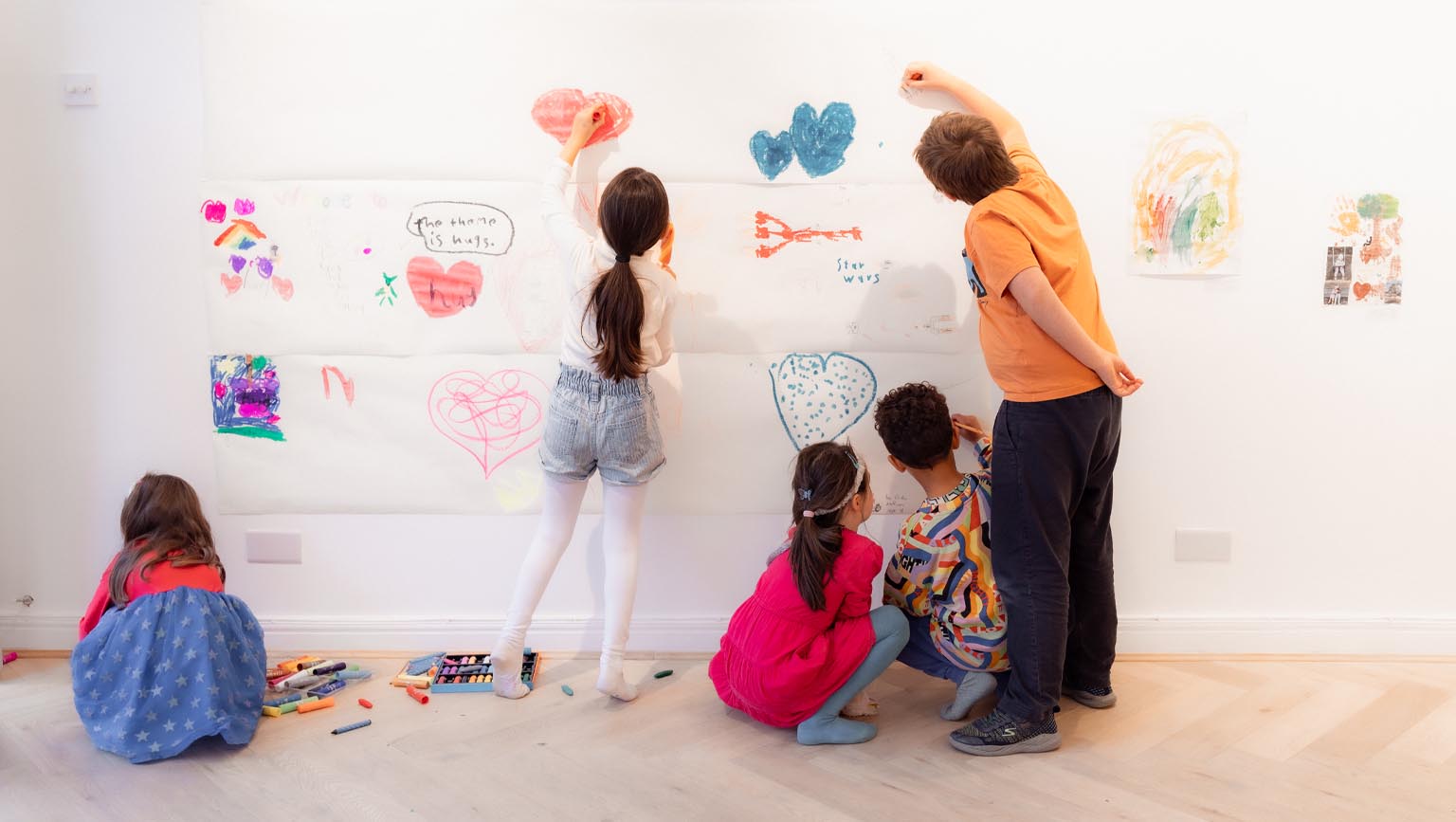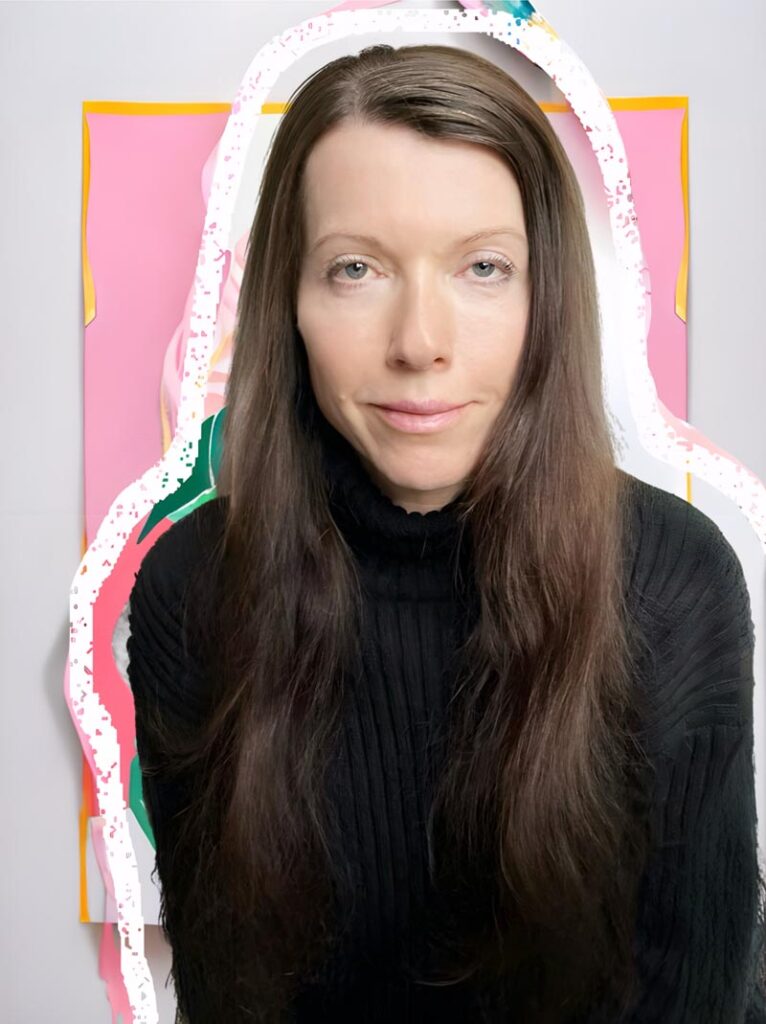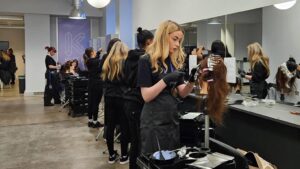
Alecs Simone: Camden Fringe performer profiles
The Italian-born actor and singer on what it takes to make it big in London

Embrace is a participatory mixed reality game where players save a fading world by asking for permission and giving hugs. Both the virtual humans and the real people in the room appear in monochrome, and the environment begins to disappear. Every time a player hugs someone, that person regains colour and the world brightens. If enough connections are made, the space returns to full vibrancy and the world is saved. If not, the view shrinks to black, and the game is lost.
I created the first version during my residency at the New Museum’s NEW INC programme in New York in 2019, where I began exploring how technology could deepen, rather than replace, our sense of presence with one another. It was a commentary on the rise of digital isolation and, in many ways, a timely reflection at a moment when social media and immersive technologies were accelerating rapidly.
The original EmbraceVR used projection mapping and a near-future New York setting to create a safe, imaginative distance for exploring these themes. When I reimagined the installation for London this year, I realised we no longer needed a speculative world to talk about disconnection. After living through the pandemic, these ideas were no longer hypothetical. Our need for human presence became undeniable, yet digital isolation remains as relevant as ever. We might not be wearing VR headsets alone in a room, but we often sit side-by-side, absorbed in digital devices.
For this edition, I grounded the experience in the real world by bringing in drawings made by local children. They are among the most present and connected members of any community, and their artwork became a gentle reminder of what we risk losing. Their contribution also reflects my commitment to creating embodied, co-created creative opportunities for children, something I did not have growing up but believe is profoundly important.
Premiering the new version at The Art Office felt natural. The gallery sits in the heart of Primrose Hill, only a few minutes from our home in Camden and around the corner from my son’s school. It mattered that this rebirth of the work began in my own neighbourhood, with local children helping shape the version their community would experience.
After the Primrose Hill exhibition, Embrace was invited to the Harwich Arts and Heritage Centre, presented by CapitArtX. There, local children again created the artwork that completes that community’s version. The installation will next appear at a private Shelter charity event in mid-December, and I have been invited to bring it to London Games Week in April 2026, too. I’m also in early conversations with research partners interested in developing Embrace as a multiplayer study on presence, emotion and social connection.

Although Embrace is experienced through a headset, the world inside it is only lightly virtual. Pass-through VR allows me to alter the real environment rather than replace it. In Embrace, I use it to desaturate the surroundings and let them slowly fade to black, much like the Nothing in The Neverending Story. This is why I chose the medium.
I want the experience to be grounded in reality, but shaped by a light imaginative layer that shifts our gaze. Pass-through VR creates a protective distance, almost as if you were looking at your environment through a lens. It becomes easier to explore subjects that might otherwise feel uncomfortable or too close to home. That slight distance functions in the same way the original futuristic setting once did, allowing people to approach difficult ideas without shutting down.
But I then remove the comfort of separation by placing a very tangible action at the centre of the game. Players must ask for permission and hug both virtual characters and real people in the room. The tension between digital estrangement and human touch is the artistic core of the piece. Embrace is not about escaping or simulating reality. Players save their own world, and the real people within it, which makes the mission personal rather than fictional.
Working with young people has become one of the most meaningful parts of my practice. They notice things adults filter out. They bring emotional clarity, brutal simplicity and a creative confidence that is rare in grown-up spaces. Their involvement reshaped the tone of the installation. Children still understand connection instinctively, and their artwork became a reminder of what adults can easily forget. It softened the conceptual frame and grounded the piece in community rather than abstraction. Including their work was not an add-on.
This collaboration also reflects my commitment to offering embodied and co-created creative experiences for children. These early encounters with story, emotion and participation can be powerful. They were missing from my own childhood, and I believe they matter. The children brought honesty, humour and emotional intelligence into the installation, becoming co-authors of the world the audience stepped into.

My practice sits at the intersection of art, learning and participatory storytelling. Whether I am designing for cultural spaces, schools or public projects, I create experiences that invite people to step inside an idea and feel their way through it. Play, imagination and sensory engagement guide everything I make.
Alongside Embrace, I have launched Spark&Bond as a platform for translating my artistic practice into immersive learning worlds for children and families. Through these projects, I reimagine complex themes as participatory story spaces shaped by play, movement and emotional engagement. This connection between my installation work and my learning led work is intentional. Both are grounded in the belief that embodied experiences foster understanding and create space for empathy, curiosity and meaningful dialogue.
Beyond Embrace, I am developing two further bodies of work. JoyGaze is an AI-based project that invites people to capture symbols of joy in the world around them and co-create artwork from those images. The digital layer acts only as a catalyst for embodied perception, encouraging people to notice what is already present. The artworks generated through the app will feed into participatory exhibitions that move from private reflection to collective presence.
The other project, Culture Mix, is an immersive installation that combines AR, projection mapping, audio and scent to explore how personal genealogy reveals our shared humanity. It is co-created with its audience, whose cultural symbols and memories are transformed by AI into visuals, sounds, and scents that shape the experience.

The Italian-born actor and singer on what it takes to make it big in London

We speak with the play’s writer and director, Joy Nesbitt, about her exploration of identity and the white gaze

Camdenist readers get 50% off their first month’s membership, too

A brand new hairdressing and barbering academy has landed in Camden Town and is now seeking style-conscious models and enthusiastic trainees